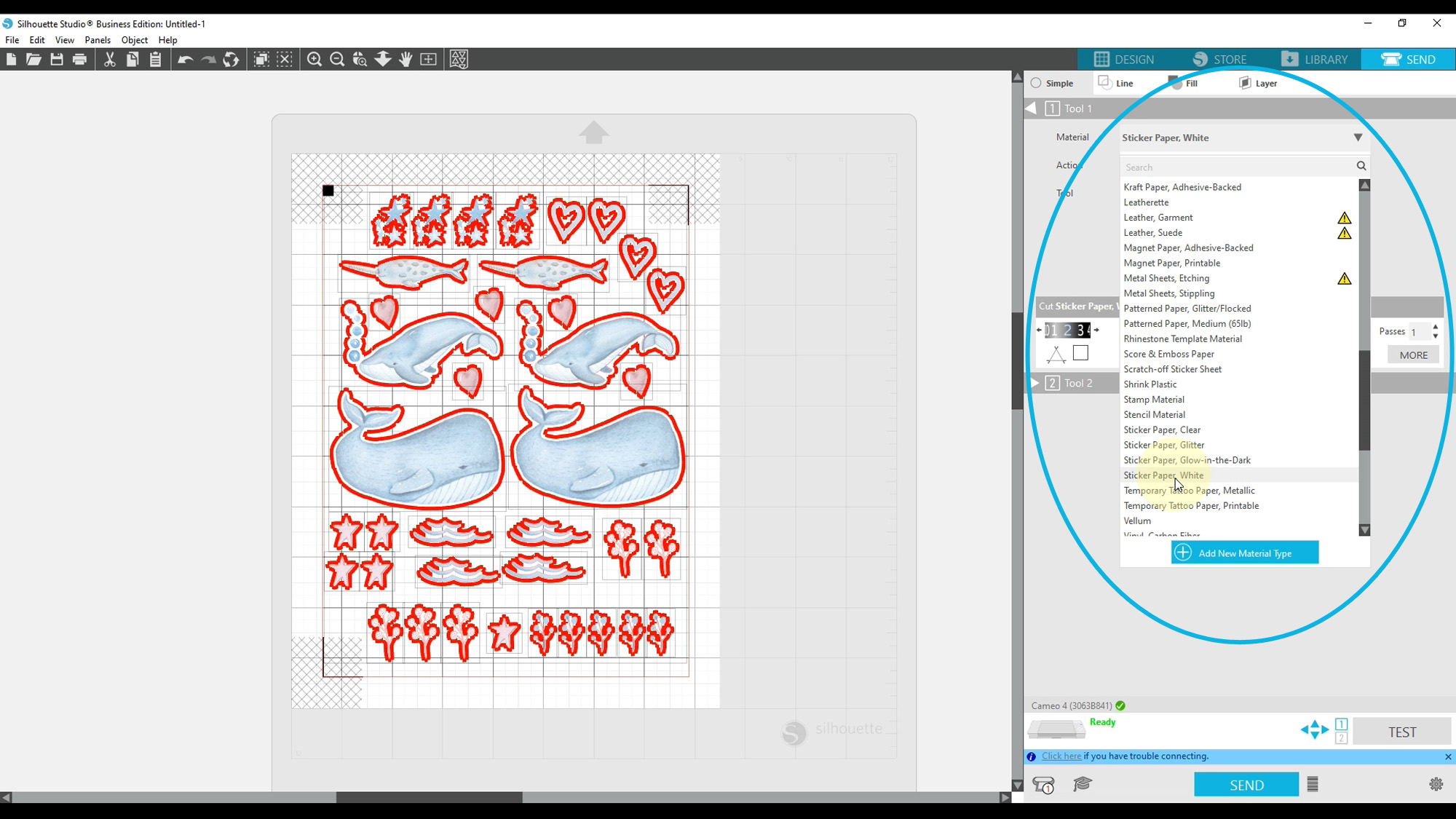
Stickers have been associated with individual expression and whimsical creativity for a long time, yet their role as a branding instrument reaches far beyond mere novelty. In the current market, where every brand competes for visibility, stickers are distinguished as a tangible, cost-effective, and shareable medium.
In contrast to digital advertisements that disappear with a scroll or email tactics that become buried in inboxes, stickers exist in the tangible realm – on laptops, water bottles, guitar cases, and car bumpers – providing continual exposure and emotional connectivity.
The storytelling potential through stickers increases significantly when brands choose die-cut designs. Distinct from conventional square or round stickers, die-cut shapes can reflect a brand’s essence and communicate messages instantly. A sticker shaped like a mountain implies adventure; one shaped like a coffee cup conveys warmth and hospitality. These shapes enable businesses to create brief narratives without uttering a single word.
This article delves into the reasons stickers thrive as branding instruments, how die-cut designs enhance their storytelling capabilities, and practical methods for integrating them into marketing strategies.
Why Stickers Function as a Branding Tool
The lasting appeal of stickers stems from their adaptability and shareability. They act as mobile billboards, transforming personal belongings into brand promoters without the intrusion of conventional advertising. When an individual places a sticker on their possessions, they publicly affiliate with that brand, indicating trust and appreciation.
Unlike other marketing materials, stickers engage with human behavior patterns related to personalization. Individuals enjoy embellishing items they use every day – laptops, phone cases, water bottles – making stickers a natural extension of self-expression. This results in what marketers refer to as earned impressions: brand visibility created voluntarily by the consumer.
Stickers also carry sentimental value. Limited-edition designs or collaborations with artists transform them into collectibles, giving consumers the feeling of being part of an exclusive circle. This phenomenon is particularly notable among subcultures such as skateboarding, indie music, and craft brewing, where stickers serve as cultural emblems.
Why Consumers Adore Stickers
- Portability – Increases brand visibility across various locations
- Personalization – Fosters emotional ties and customer loyalty
- Shareability – Generates organic exposure and user advocacy
The Influence of Shape in Storytelling
Shape is not merely an aesthetic detail – it serves as a silent representative of brand values. Basic rectangular or circular stickers may be adequate for logos, but they lack the narrative depth offered by die-cut shapes.
Think about this: a skincare brand utilizing a leaf-shaped sticker communicates sustainability and purity immediately. A gaming company choosing a pixelated design evokes retro nostalgia. Shapes introduce symbolism, turning stickers into visual shorthand for brand identity.
This concept is rooted in semiotics, where signs and symbols carry significance. Shapes elicit emotions, establish tone, and distinguish brands within a saturated market. Even in the absence of accompanying text, a thoughtfully chosen silhouette can make a lasting impact.
Instances of Shapes and Their Brand Messages
| Shape | Associated Message | Ideal Brand Type |
| Leaf or Tree | Sustainability, natural ethos | Organic products, wellness |
| Coffee Cup | Warmth, hospitality | Cafés, beverage brands |
| Hexagon | Precision, modernity | Tech startups, engineering |
| Wave Pattern | Creativity, movement | Surf apparel, art brands |
Creating Narrative Through Design
If shape lays the groundwork, design gives it voice. The design elements of a die-cut sticker – color, typography, iconography – reinforce its narrative. For example, earthy colors combined with hand
